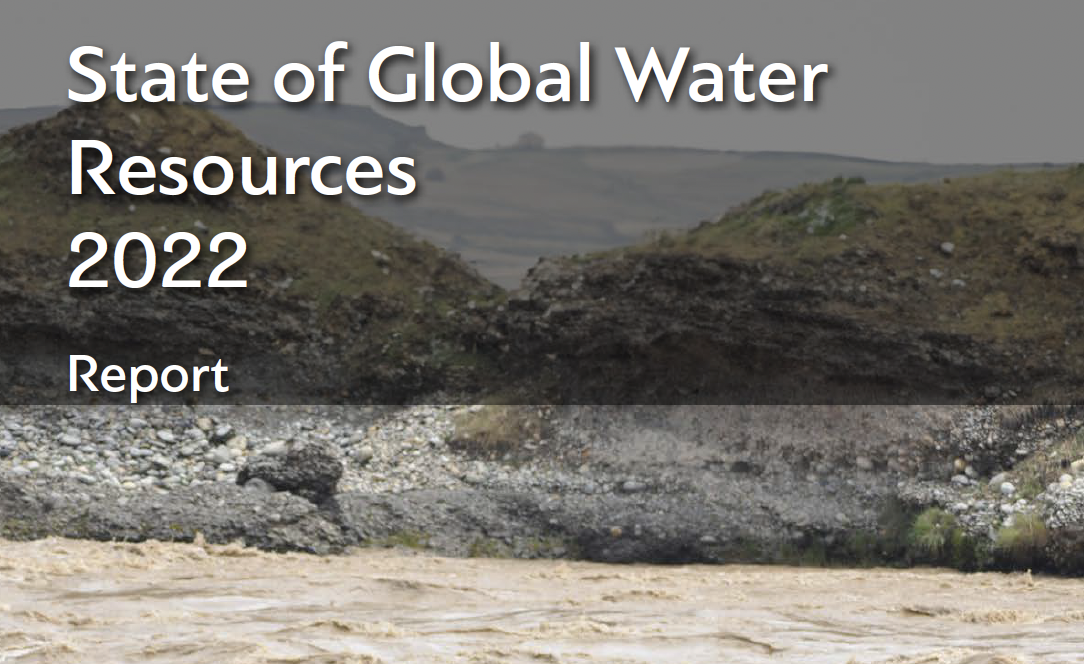This opinion article was written by Dr. Penelope Mitchell.
The World Meteorological Organization (WMO) has just released its State of Global Water Resources 2022 report. This is the second report of its kind, the pilot report was released last year to fulfill a WMO commitment made to the UN 2023 Water Conference Water Action Agenda. The intent of the work is to provide a comprehensive and consistent overview of water resources worldwide, highlighting the influence of climate, environmental and societal changes, says WMO Secretary-General Prof. Petteri Taalas.
As a human-environmental analyst for the Global Water Security Center, this report sounded important to have on my radar. However, there’s one caveat: I’m not a physical scientist—I am a health geographer interested in the human implications of a crazed water cycle. An objective of this report is to inform world leaders, policy makers, scientists, and the general public about the current state of water resources. I’m a scientist trying to inform policy makers so I fall within that audience; will this report help me understand some important changes occurring with the water cycle and why I should care?
According to the report, “the hydrologic cycle is spinning out of balance as a result of climate change and human activities.” Some key take-aways include:
- Abnormal river discharge and reservoir inflow patterns—the majority of which were drier than usual.
- Anomalies in soil moisture and evapotranspiration echoed the river discharge patterns, for example Europe experienced high evapotranspiration and soil moisture from drought.
- There is huge global variability in the water cycle, and it’s increasing. For example, the Greater Horn of Africa experienced a severe drought which affected food security for 21 million people, whilst the Niger Basin and coastal areas of South Africa saw major flood events.
These hydrologic trends do not sound good. But the report left me feeling like there were problems everywhere with everything all at once. Meanwhile, clear implications of what these shifts mean were not communicated aside from the impacts of actual disasters. This report contains a wealth of resources, however, in my opinion, it will definitely require some science translation in order for policy makers to properly understand the So What?

